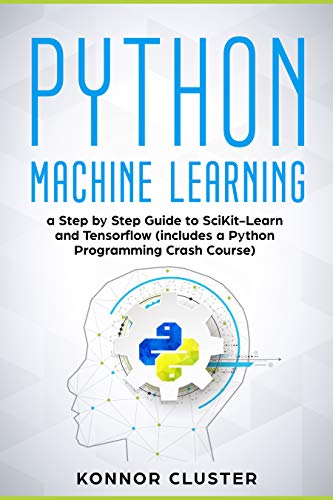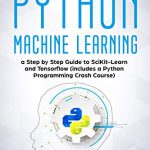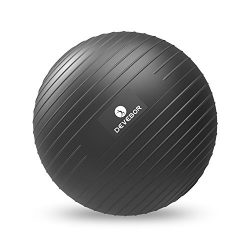Python Machine Learning: A Step-by-Step Guide to Scikit-Learn and TensorFlow (Includes a Python Programming Crash Course)
If you need to learn how to use the Python Programming Language to implement your own Machine Learning solution, and you are searching for a reference to start from, then keep reading.
Machine learning represents now the most interesting, performing and growing technology among all technologies related to Artificial Intelligence and represents also an incredible opportunity if you want to grow your business or if you are searching for a new job, but it’s not very easy to understand how it works. Sometimes, even the most seasoned and skilled engineers are scared to approach this new topic.
This book can assist you in understanding
How machine learning works How to work with PythonHow to set up and run a machine learning solution on your home computerHow to use two of the most popular Machine Learning libraries
Even if you have not a degree in computer science or math, even if you have never worked with Machine Learning or Python, with this book you can understand how to benefit from this set of technologies and unlock their extraordinary potential.
If you want to enter into the exciting world of Machine Learning, scroll up and click the “buy now” button!




































The authors clearly have taught these materials many times before, and their significant mathematical and technical prowess is delivered using a very approachable style. This is the best book I’ve seen for professional software engineers to bootstrap themselves into Data Science, Machine Learning and Deep Learning. It makes heavy use of the scikit-learn library; and the latter chapters give an excellent high-level overview of TensorFlow. Books in this space can often feel either too basic or…
I found this book to be very clearly written and also very informative since in addition to providing code examples it tried to illustrate the basics of theory behind what makes machine learning work.The explanations were mainly done by showing examples of data on a x-y plot and how the different techniques separate the data to make a decision. This is a nice way to reduce the complexity of explanation and getting lost in the details of the mathematics and programming syntax etc and to get at…